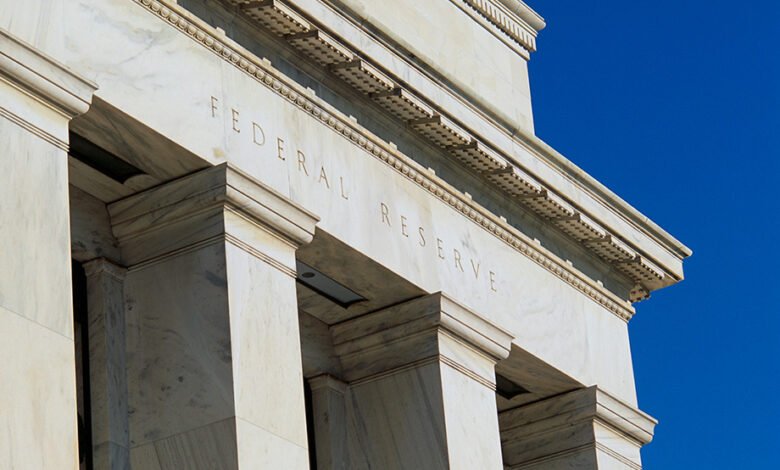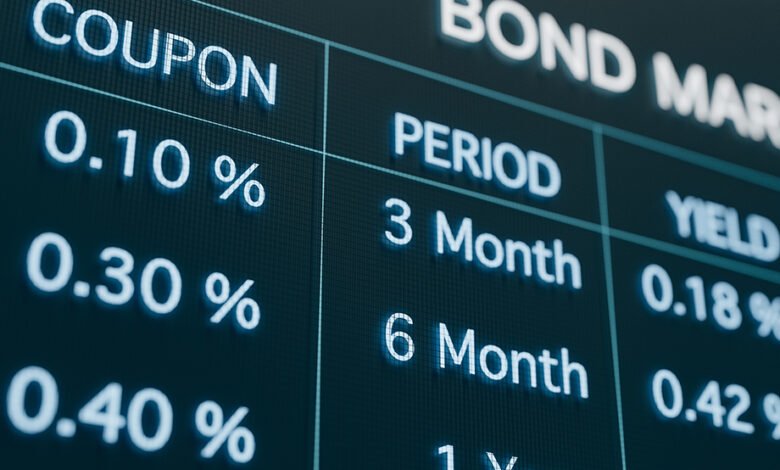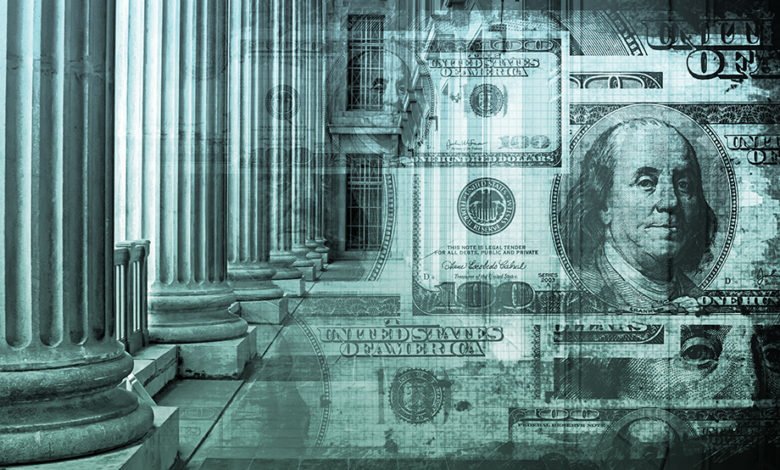ECONOMY
-

U.S. Banks Have Developed a Significant Nonbank Footprint
Nicola Cetorelli and Saketh Prazad In light of the rapid growth of nonbank financial institutions (NBFIs), many have argued that bank-led financial intermediation is on the decline, based on the traditional notion that banks operate to take in deposits and make loans. However, we argue that deposit-taking and loan-making have not accurately characterized U.S. banking operations in recent decades. Instead,…
Read More » -

The Future of Payment Infrastructure Could Be Permissionless
Rod Garratt and Michael Junho Lee Following the recent passage of legislation in the U.S., payment stablecoins seem to be on the brink of wider-scale adoption and explosive growth in market capitalization. In this post, we contend that the driving factor is not their proximity to digital cash instruments, but rather how they are transferred—via global, open-access, peer-to-peer systems, or…
Read More » -

How Businesses Set Prices—In Their Own Words
Wändi Bruine de Bruin, Keshav Dogra, Sebastian Heise, Edward S. Knotek II, Brent H. Meyer, Robert W. Rich, Raphael S. Schoenle, Giorgio Topa, and Wilbert van der Klaauw There has been a lot of interest in firms’ pricing decisions in the past few years—both during the inflation surge of 2021-23 and in the more recent rounds of tariff increases. In…
Read More » -

Is Monetary Policy Still Seasonal?
Richard Crump, Keshav Dogra, and Dennis Kongoli A 2012 Liberty Street Economics post noted that U.S. monetary policy exhibits a surprising degree of seasonal behavior: over the 1987-2008 period, the Federal Reserve was much more likely to lower interest rates (or abstain from raising rates) in the first month of each quarter than in the two subsequent months. Thirteen years…
Read More » -

Banks Develop a Nonbank Footprint to Better Manage Liquidity Needs
Nicola Cetorelli and Saketh Prazad In a previous post, we documented how, over the past five decades, the typical U.S. bank has evolved from an entity mainly focused on deposit taking and loan making to a more diversified conglomerate also incorporating a variety of nonbank activities. In this post, we show that an important driver of the evolution of this…
Read More » -

How Has Treasury Market Liquidity Fared in 2025?
Michael J. Fleming In 2025, the Federal Reserve has cut interest rates, trade policy has shifted abruptly, and economic policy uncertainty has increased. How have these developments affected the functioning of the key U.S. Treasury securities market? In this post, we return to some familiar metrics to assess the recent behavior of Treasury market liquidity. We find that liquidity briefly…
Read More » -

Banking System Vulnerability: 2025 Update
Matteo Crosignani, Thomas Eisenbach, and Fulvia Fringuellotti As in previous years, we provide in this post an update on the vulnerability of the U.S. banking system based on four analytical models that capture different aspects of this vulnerability. We use data through 2025:Q2 for our analysis, and also discuss how the vulnerability measures have changed since our last update one year ago. How Do…
Read More » -

Economic Capital: A Better Measure of Bank Failure?
Beverly Hirtle and Matthew C. Plosser Bank failures and distress can be costly to the economy, causing losses to creditors and reducing the flow of credit and other financial intermediation services. Thus, there is significant value in being able to identify “at risk” banks in a timely and accurate way. In a previous post, we presented a new solvency metric,…
Read More » -

Financial Intermediaries and Pressures on International Capital Flows
Linda S. Goldberg and Samantha Hirschhorn Global factors, like monetary policy rates from advanced economies and risk conditions, drive fluctuations in volumes of international capital flows and put pressure on exchange rates. The components of international capital flows that are described as global liquidity—consisting of cross-border bank lending and financing of issuance of international debt securities—have sensitivities to risk conditions…
Read More » -

Reading the Panic: How Investors Perceived Bank Risk During the 2023 Bank Run
Natalia Fischl-Lanzoni, Martin Hiti, and Asani Sarkar The bank run that started in March 2023 in the U.S. occurred at an unusually rapid pace, suggesting that depositors were surprised by these events. Given that public data revealed bank vulnerabilities as early as 2022:Q1, were other market participants also surprised? In this post, based on a recent paper, we develop a…
Read More »
